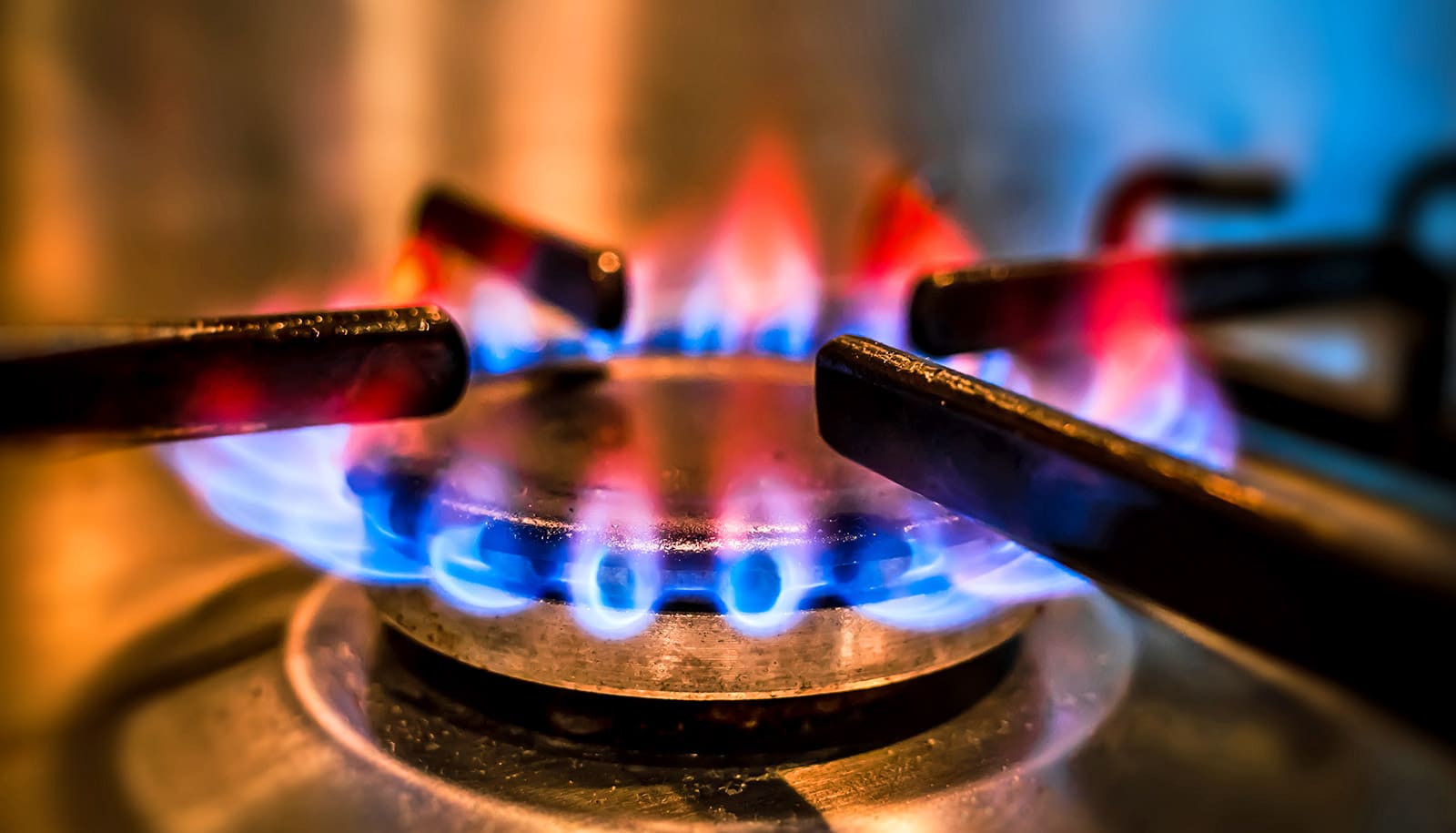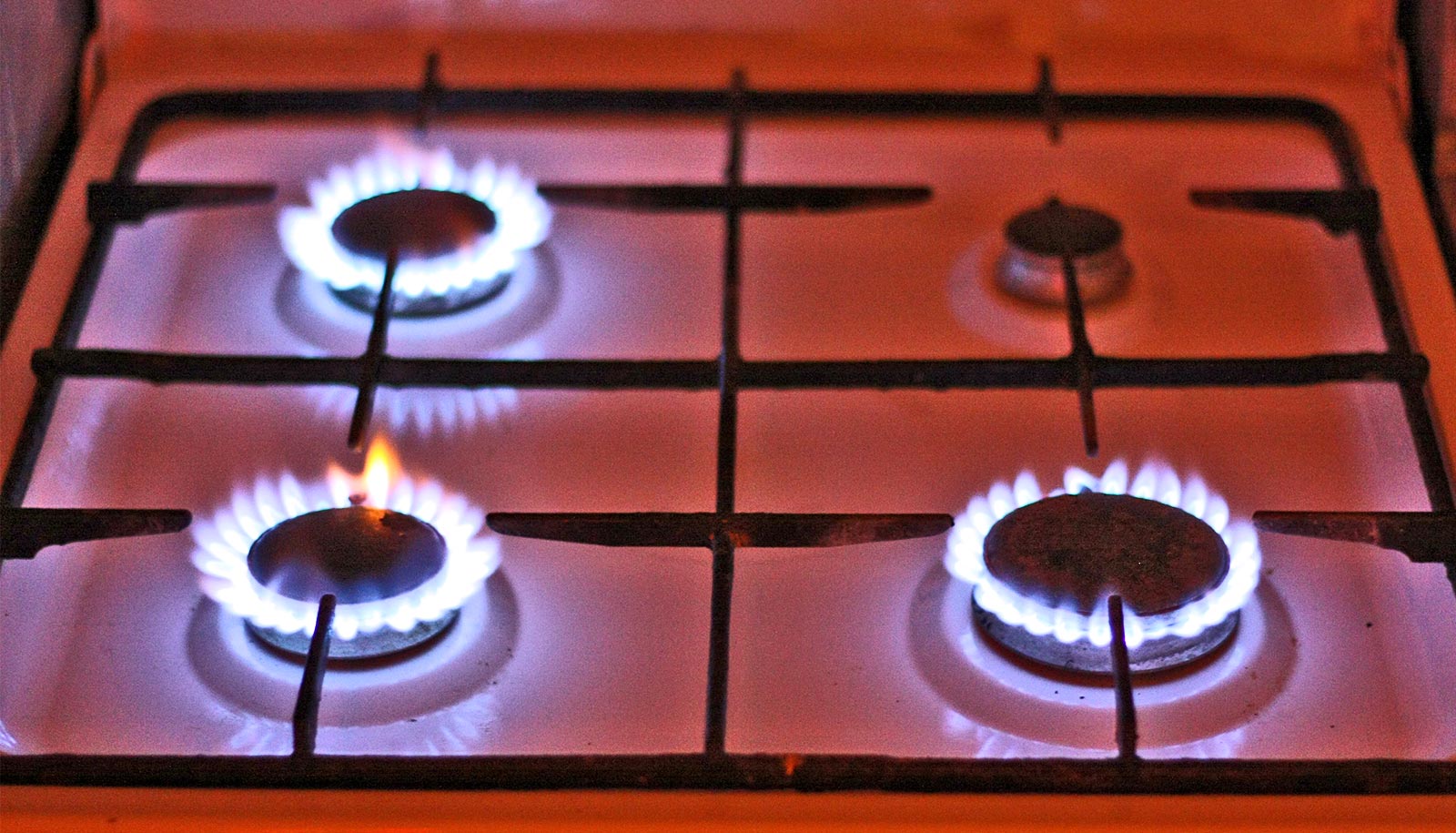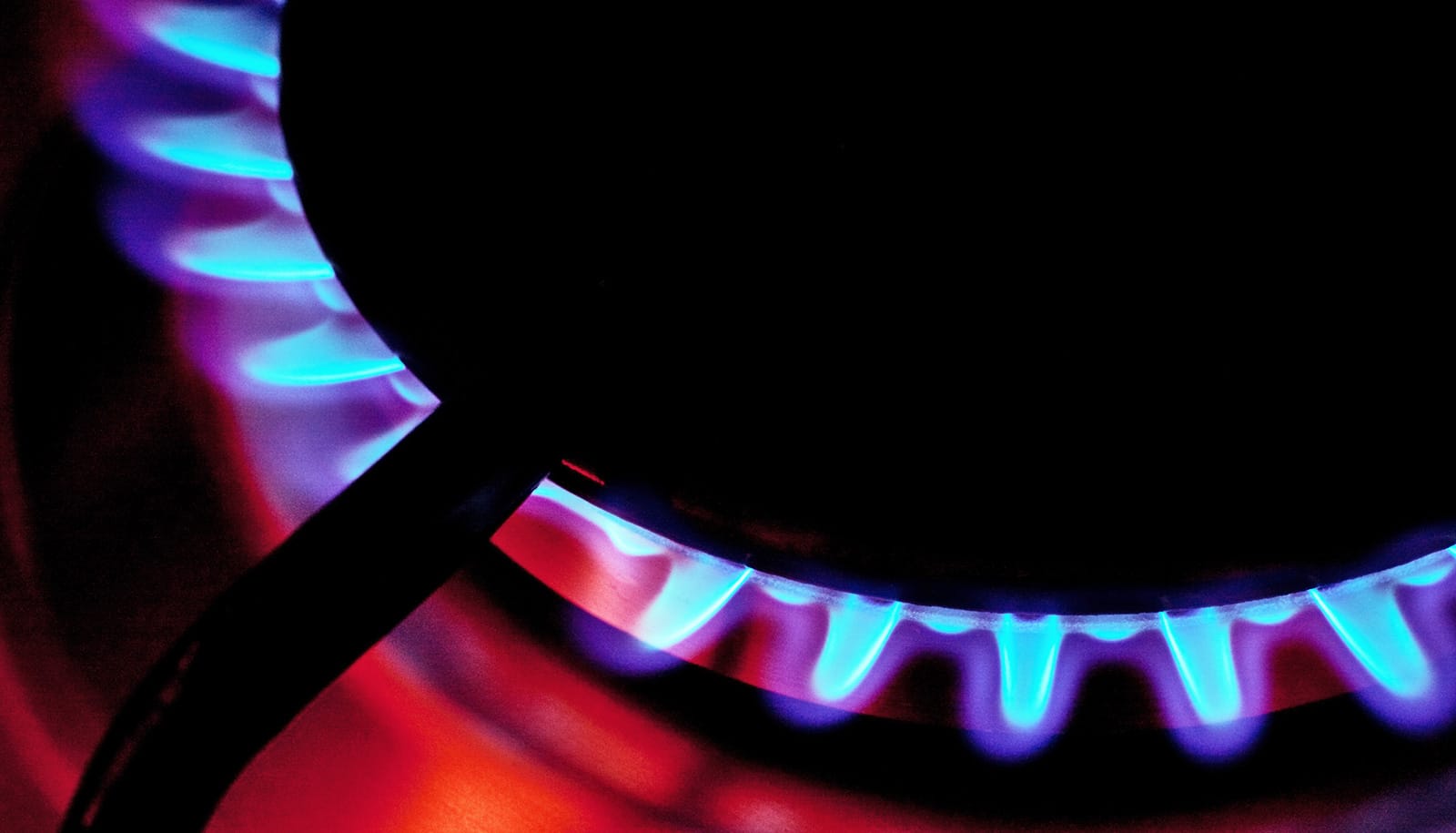Cooking with gas stoves can raise indoor levels of the carcinogen benzene above those found in secondhand tobacco smoke, a new study shows.
Benzene, a chemical linked to a higher risk of leukemia and other blood cell cancers, creeps into millions of homes whenever residents light their gas stoves or single gas cooktop burners.
It also drifts throughout the home and lingers for hours in the air, the researchers report.
“Benzene forms in flames and other high-temperature environments, such as the flares found in oil fields and refineries. We now know that benzene also forms in the flames of gas stoves in our homes,” says Rob Jackson, professor of earth system science at the Stanford University Doerr School of Sustainability and senior author of the study in Environmental Science & Technology.
“Good ventilation helps reduce pollutant concentrations, but we found that exhaust fans were often ineffective at eliminating benzene exposure.”
Benzene from fuel, not food
Overall, the researchers found that indoor concentrations of benzene formed in the flames of gas stoves can be worse than average concentrations from secondhand smoke, that benzene can migrate into other rooms far from the kitchen, and that concentrations measured in bedrooms can exceed national and international health benchmarks.
They also found residential range hoods are not always effective at reducing concentrations of benzene and other pollutants, even when the hoods vent outdoors.
The new paper is the first to analyze benzene emissions when a stove or oven is in use. Previous studies focused on leaks from stoves when they are off, and did not directly measure resulting benzene concentrations.
The researchers found gas and propane burners and ovens emitted 10 to 50 times more benzene than electric stoves. Induction cooktops emitted no detectable benzene whatsoever. The rates of benzene emitted during combustion were hundreds of times higher than benzene emission rates identified in other recent studies from unburned gas leaking into homes.
The researchers also tested whether foods being cooked emit benzene and found zero benzene emissions from pan-frying salmon or bacon. All benzene emissions the investigators measured came from the fuel used rather than any food cooked.
Gas stoves and asthma
A previous Stanford-led study showed that gas-burning stoves inside US homes leak methane with a climate impact comparable to the carbon dioxide emissions from about 500,000 gasoline-powered cars. They also expose users to pollutants, such as nitrogen dioxide, which can trigger respiratory diseases.
A 2013 meta-analysis concluded that children who live in homes with gas stoves had a 42% greater risk of asthma than children living in homes without gas stoves, and a 2022 analysis calculated that 12.7% of childhood asthma in the US is attributable to gas stoves.
“I’m renting an apartment that happens to have an electric stove,” says lead author Yannai Kashtan, a graduate student in Earth system science. “Before starting this research, I never thought about it twice, but the more we learn about pollution from gas stoves, the more relieved I am to be living without a gas stove.”
Additional coauthors are from PSE Healthy Energy; the University of California, Berkeley; Lawrence Berkeley National Lab; and Stanford.
The High Tide Foundation supported the work.
Source: Stanford University



